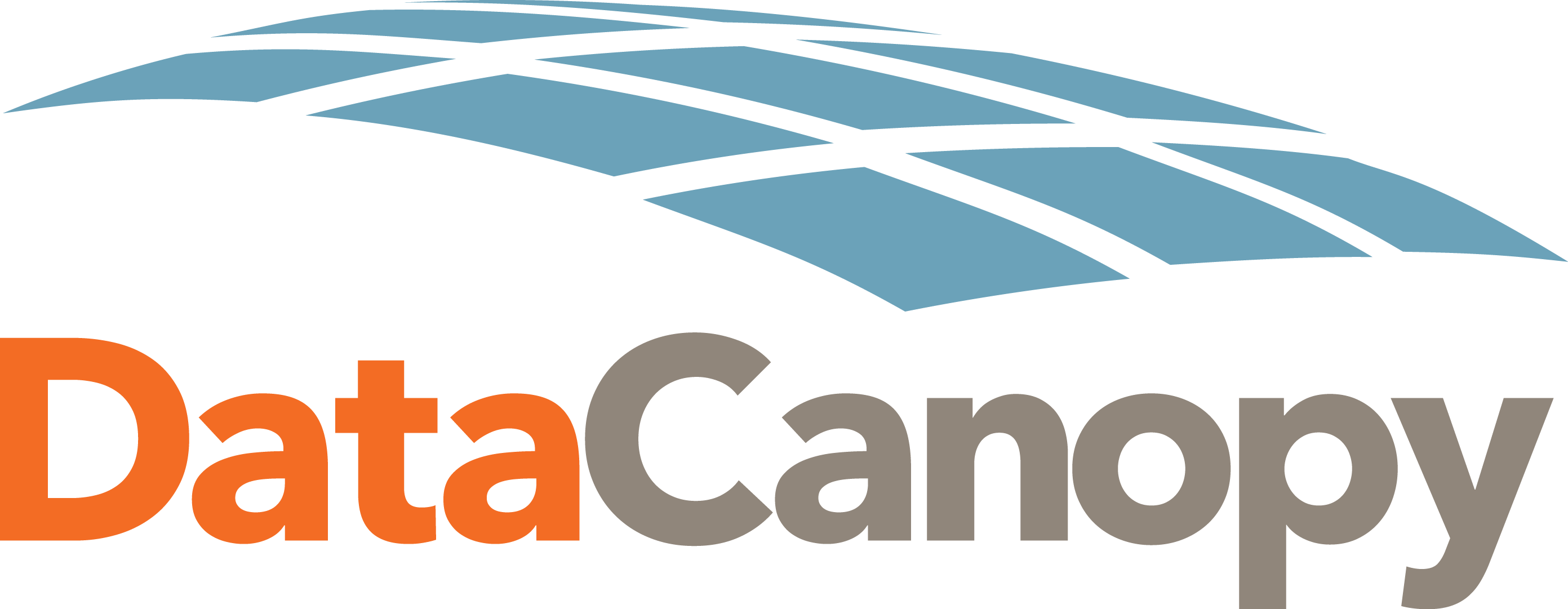When procuring a new IT solution, each quote you get from a different vendor will look a little different – sometimes a lot different. Today I will dive into what to look for – and what to look out for – in your data center quotes.
Whether it’s a locking cabinet, ½ cabinet, or several cabinets in a cage, you’ll always want to make sure you know where your equipment will be stored and how much space you actually have. Most facilities will also let you bring in your own cabinets, if you’d prefer to bypass rental fees.
The end-all, be-all for power is kilowatts, which is calculated as (Volts x Amps x 1000). 1000 is a unit conversation to “kilo”watts. A lot of the time you’ll see power circuits described as 120×20 or 208×30. The first number is the volts, the latter is the amperage. When determining your usable power, take 80% of the total kilowatts on the power circuit. All data centers use that to determine usable power in order to safeguard the circuit with 20% overhead on the available power.
Power distribution units are easiest explained as 6 foot tall surge protectors with lots of outlets to plug your hardware into. These connect directly into the power circuits. There should always be at least two of these as well per cabinet
Direct internet access can be achieved through an on-net carrier, or through a blended bandwidth solution provided by the facility, typically measured in mbps or gbps. The “ps” is per second, and denotes speed. The other way bandwidth can be provided is by data transfer or the amount of gigabytes or terabytes moved over a period of time.
Cross connects are connections charged by facilities to connect your cabinet to another part of the data center, typically an MMR (Meet Me Room) where network carriers are located. These fees typically carrier an NRC and MRC charge. Trunk lines are pre-run groups of fiber/copper cross connects.
Most data centers have 24/7 remote hands support. This can be used for shipping and receiving, rebooting gear, testing out connections or faulty hardware, etc.
Some data centers offer tangential services, such as backups and cloud connectivity, or infrastructure as a service.
If you have multiple quotes and need help deciphering between them, give us a call at 703-594-5200. We’re happy to help you find the right fit for your infrastructure requirements. Contact us to learn more.
